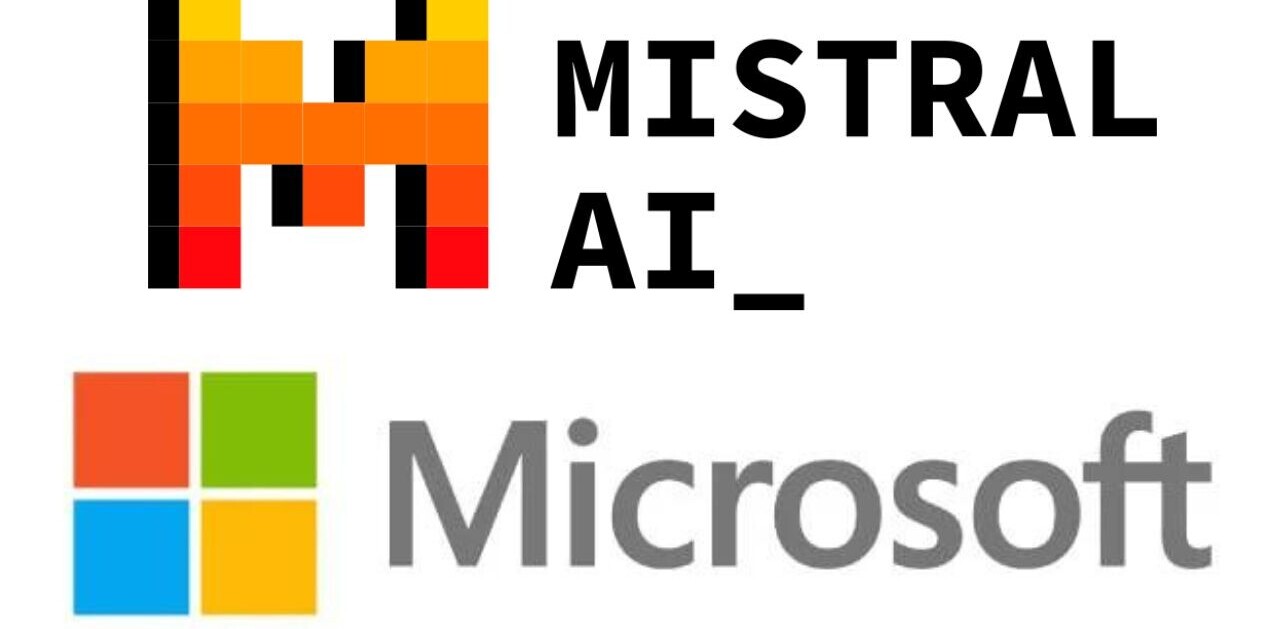
Microsoft’s Online Services Division posted decent revenue growth this quarter, and sharply lower losses. Bing’s market share expansion remains somewhat flat, but that measurement doesn’t effectively take into account a growing search market.
Still, the progress in the division is real, and should be noted. To begin, here’s why we can refer to the Online Services Division’s revenues as indicative of Bing’s performance: Microsoft notes in its investor materials that Bing and MSN account “for nearly all of OSD’s annual revenue.” Thus Online Services is roughly a two pony show. Given a relatively static MSN, we can track Bing somewhat carefully. Keep in mind that we are extrapolating, however.
Let’s track fiscal second quarter results for the division over a four year period:
Fiscal Q2 2010:
- Revenue: $579 million
- Loss: $$463 million
Fiscal Q2 2011:
- Revenue: $691 million
- Loss: $543 million
Fiscal Q2 2012:
- Revenue: $784 million
- Loss: $459
Fiscal Q2 2013:
- Revenue: $869 million
- Loss: $283 million
Long Decline
In the quarter preceding FQ2 2013, Online Services lost $364 million, for reference. In short, Bing is setting new records in losing less money.
Microsoft is relatively up front about why this is happening:
Online advertising revenue grew $109 million or 15% to $823 million, reflecting continued growth in search advertising revenue, offset in part by decreased display advertising revenue. […]
OSD’s operating loss was reduced by higher revenue and lower cost of revenue and sales and marketing expenses.
In short, Bing’s results improved because it is generating more money per search as its market share expands. This is exactly what Microsoft wants the product to show: a path to profitability. Bing can and has lost billions of dollars, but if in the end Microsoft gets a credible competitor to Google, and a search product that it can apply across its various platforms, at a break-even price point, it will be a victory for the comically well-capitalized firm.
It’s key to keep in mind that Microsoft is more than willing to pay for Bing’s losses. In the middle of 2012, Microsoft provided TNW with commentary so frank that we still can’t believe it was given to us on the record:
“It’s a long term game and we’re working hard every day to get Bing to profitability. Bing’s tight integration with various products across Microsoft, including Windows Phone and Xbox, is just one example of how we’re introducing Bing to more people to help reach profitability more quickly.
We certainly have internal goals on share, but we are not sharing them externally. We have done a lot of research and testing around how to improve the search experience for customers, and we are confident that Bing will enable them to accomplish key tasks and come to more informed decisions faster. We believe that delivering a superior product that actually solves customer problems will lead to share growth, and this will come naturally as we continually improve and refine Bing.”
That is a revealing block of text.
Online Services lost 38% less money this quarter than in the comparable period. That’s real progress. In an odd way, if the group – and thus, Bing – can curtail losses under the billion dollar mark for a 12 month period, it will be real accomplishment. 11% year over year growth, but Microsoft, with rising per-click revenue and lowering cost, may have found its footing at last.
Bing has a long way to go yet, but it is firmly moving in the right direction. Which, in case you are counting, is yet another reason that Microsoft will not sell the damn thing.
For fun, at a $176 million dollar yearly reduction in losses, the Online Services division will become profitable in just over 1.6 years. In fact, if we average out the declines seen since 2011, taking us from $543 million to $283 million in 24 months, the division is losing $10.83 million less every month. Thus, the $283 million current three month loss could be erased in 26 months.
Now, it will take longer than that, likely, given that the business group won’t have such strong quarters on a recurring basis, but at the rates we have now seen etched into corporate score cards, an end to the red ink is a measurable prediction.
Top Image Credit: Robert Scoble
Get the TNW newsletter
Get the most important tech news in your inbox each week.





